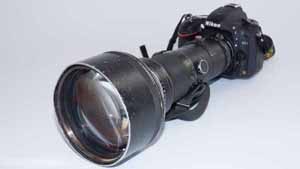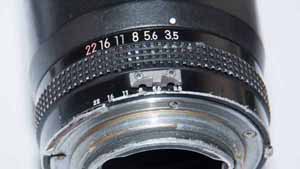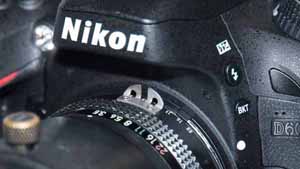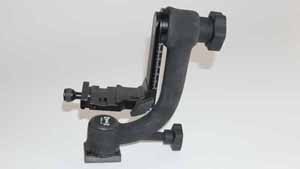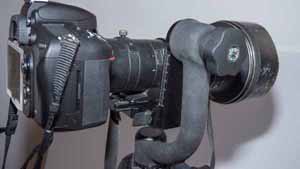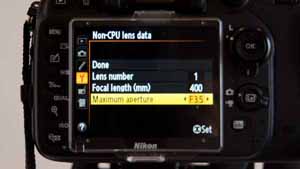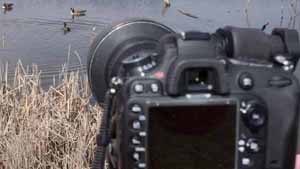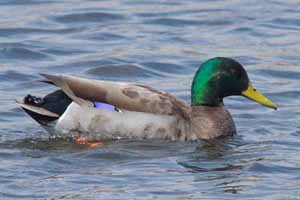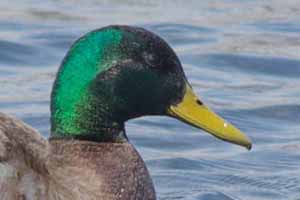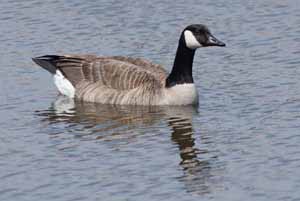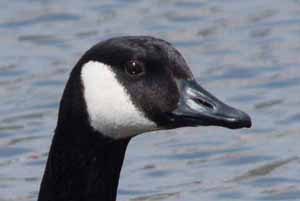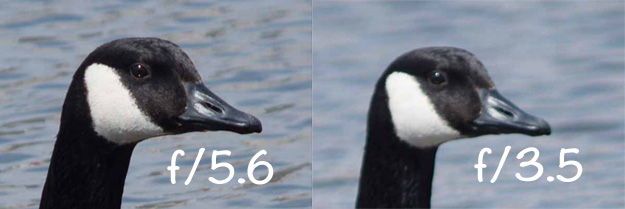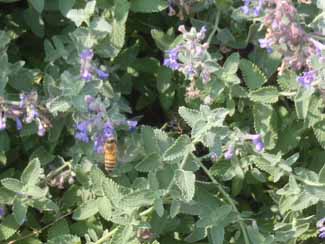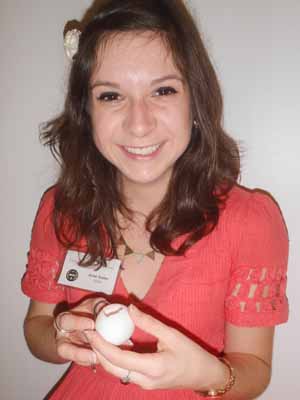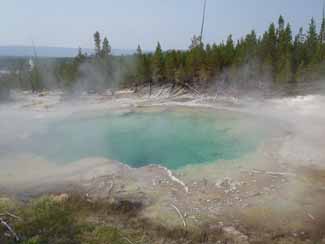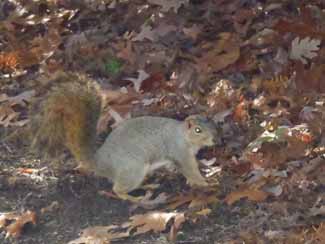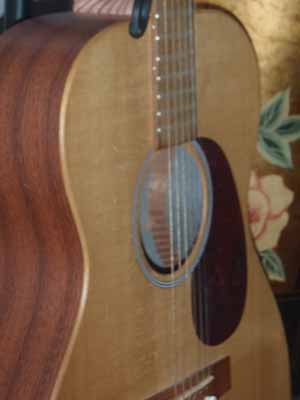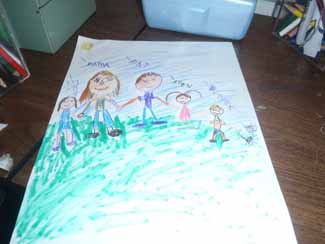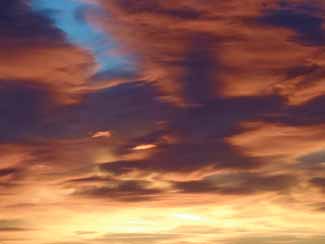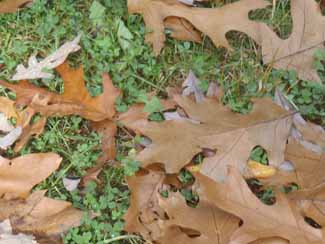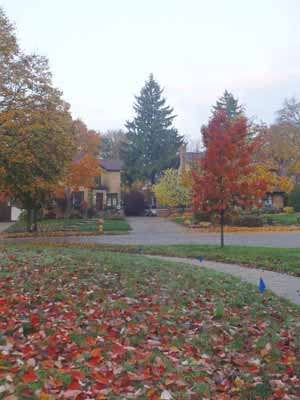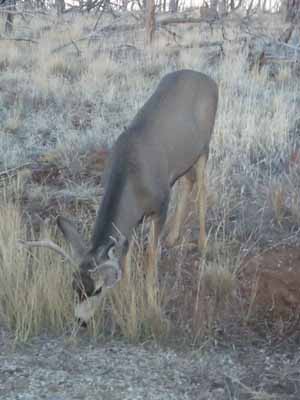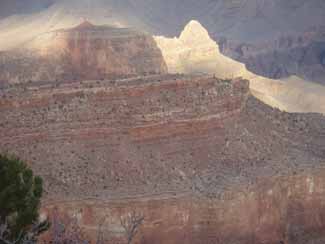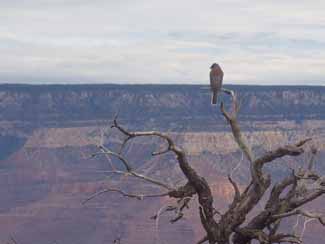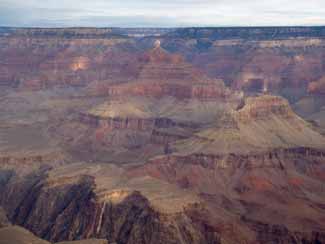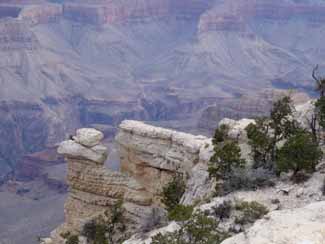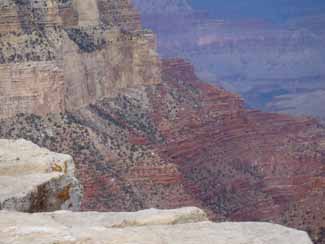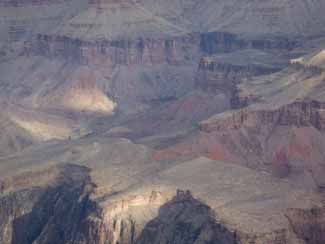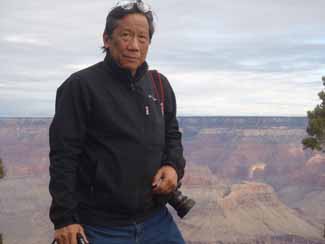Online Magazine
Recent Posts
- Safeguard your Cellphone Photos
- Black & White to Color – Instantly
- Wearing Many Hats
- Video Roundup
- Rescuing Your Blurry Pictures
- Showing Their Age
- What is Your Angle?
- Panorama Photos
- Humorous Photos
- Close Ups
- Fisheye Pictures
- Photo Antiquities
- Printing Big
- Appreciating Scale
- Celebrity Sightings
Tags
More Places to Go
- Free "How-To" Books “How To” books for popular cameras 0
- Vist Us on Facebook keep in touch with us on Facebook 2
Archives
- July 2023 (1)
- March 2023 (2)
- February 2023 (1)
- December 2022 (1)
- October 2022 (1)
- September 2022 (8)
- August 2022 (9)
- July 2022 (1)
- June 2022 (1)
- June 2021 (1)
- May 2021 (1)
- March 2021 (5)
- February 2021 (4)
- January 2021 (2)
- April 2019 (1)
- March 2019 (1)
- February 2019 (1)
- October 2018 (2)
- April 2018 (1)
- March 2018 (4)
- February 2018 (1)
- November 2017 (1)
- August 2017 (1)
- June 2017 (1)
- April 2017 (1)
- March 2017 (5)
- February 2017 (2)
- January 2017 (1)
- October 2016 (1)
- September 2016 (1)
- August 2016 (1)
- July 2016 (1)
- May 2016 (1)
- April 2016 (1)
- March 2016 (2)
- February 2016 (1)
- January 2016 (2)
- December 2015 (1)
- November 2015 (1)
- October 2015 (3)
- April 2015 (1)
- March 2015 (5)
- February 2015 (1)
- January 2015 (4)
- December 2014 (2)
- November 2014 (5)
- October 2014 (2)
- September 2014 (1)
- August 2014 (2)
- July 2014 (1)
- May 2014 (1)
- April 2014 (5)
- March 2014 (5)
- December 2013 (2)
- November 2013 (18)
- October 2013 (1)
- September 2013 (1)
- August 2013 (1)
- July 2013 (1)
- June 2013 (3)
- May 2013 (1)
- April 2013 (2)
- March 2013 (1)
- February 2013 (1)
- January 2013 (1)
- December 2012 (1)
- November 2012 (2)
- October 2012 (2)
- September 2012 (5)
- August 2012 (2)
- July 2012 (1)
- June 2012 (1)
- May 2012 (1)
- April 2012 (4)
- March 2012 (1)
- February 2012 (1)
- January 2012 (3)
- December 2011 (1)
- November 2011 (3)
- October 2011 (1)
- September 2011 (2)
- August 2011 (2)
- June 2011 (3)
- May 2011 (4)
- April 2011 (8)
- March 2011 (8)
- February 2011 (10)
- January 2011 (6)
- December 2010 (11)
- November 2010 (14)
- October 2010 (6)
- September 2010 (12)
- August 2010 (2)
- July 2010 (4)
- June 2010 (3)
- May 2010 (1)
- April 2010 (1)
- March 2010 (2)
- February 2010 (1)
- January 2010 (1)
- December 2009 (1)
- November 2009 (2)
- October 2009 (2)
- September 2009 (1)
- August 2009 (3)
- July 2009 (2)
- June 2009 (1)
- May 2009 (2)
- April 2009 (1)
- March 2009 (2)
- February 2009 (1)
- January 2009 (3)
A Long Lens Story
12th June 2013
Avoiding the $8,500 shock
Those of us who like to hunt wildlife with a camera know that you can never have enough mm of lens. But sticker shock kicks in when you look at the prices for a fast super-telephoto lens. Last year I made it a high priority to seek out an alternative way to acquire one of these highly sought after gems and ended up with a prized lens at a bargain basement price.
My lucky catch doesn’t have the features of late model glass, but neither does it doesn’t carry an $8,500 price tag. Instead of the a brand spanking new 400mm f/2.8 with auto focusing and vibration reduction I picked up a used 400mm f/3.5 manual focus lens. As you’ll see, although it lacks the convenience of the high price spread, it performs very well for my type of shooting. And at a price of about $600, it is a steal. If you’re a lover of long lenses that isn’t willing to take a mortgage out to buy one, follow along to see if the used lens approach can satisfy your equipment wants.
At first I was a little hesitant about buying an older lens without the autofocus and autoexposure features that I’ve come to expect from newer lenses. After all, this lens comes from the early 1980s; isn’t it obsolete? Now that I’ve had some positive experience, I realize that quality equipment lasts for many years.
I feel that I hit the jackpot with this lens at a great price. Now I’m hoping to find some time to capture many more birds in the future.
Written by Arnie Lee
NOTE: While this article featured Nikon equipment, I’m hoping to look for similar money-saving angles for my Canon equipment.
Do the Birds Know Something We Should Also Know?
22nd April 2013
Earth Day “it’s for the birds”… and us too
Today is Earth Day. I’m guessing that many of you haven’t a clue as to what it’s about. Maybe you can get a glint of Earth Day here.
| I recently completed writing what has become an annual article about Earth Day. Yesterday morning as I was having coffee and reading the Sunday NY Times, I was quite surprised that I didn’t find a single mention of Earth Day throughout the entire newspaper. But I did run across an interesting article that has a similar theme.
As a lover of the outdoors, I’m an avid participant in nature photography. Having spent more than five decades with camera-in-hand, I’ve collected my share of wildlife images. Along the way, I’ve found that the most challenging parts of this favorite activity is capturing the varying graceful, delicate or powerful movements of birds in flight. |
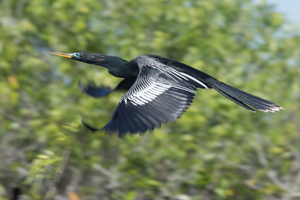 |
Yes, I like birds but I don’t consider myself a bird-watcher. Yet according to Brian Kimberling[1], there are some 5.8 million bird-watchers in the US. I’m not sure where he derives this number but his mention of The Audubon Society most likely accounts for a good share of them.
Last December amid our holiday festivities, I recall hearing about the start of Audubon’s annual Christmas Bird Count. During a two week period, participants take a census of birds in their geographic area with a main goal of studying how bird populations have changed in time and space. After reading Kimberling’s article, I have a better understanding of what these studies are telling us about the environment of all the non-bird species, i.e. us humans.
According the Audubon Society’s report, there has been a noticeable change in bird migration in recent years. The report says: we were able to look at the winter distribution of 305 species to see if their winter range had shifted over the last 40 years. We discovered that 177 of these species showed a significant shift north and this northward shift was correlated with an increase in mean January temperatures in the contiguous 48 states of almost 5 degrees during that time. You can find more details on the Audubon’s website.
Five degrees in 40 years. This is a pretty large increase within the lifetime of many of us. Obviously it’s a big deal to the habits of the birds.
Shouldn’t we be concerned? What do you think? I’d like to hear from you.
Written by Arnie Lee
[1]”What Do Birders Know”, NY Times Sunday Review Section, April 21, 2013
Give a kid a camera . . .
20th February 2013
You May Be Pleasantly Surprised By What You See
One of our granddaughters has been interested in picturetaking for a several years. Ezra who is eight years old is now on her second camera – her first camera was a low-cost point-and-shoot model but it didn’t quite survive a washing machine cleaning. So now she’s using a “tough” model that claims to be shockproof, waterproof and freezeproof.
Not long ago, she asked me to copy the pictures from her camera and recharge the battery. As I was copying the images from the SD card, I realized that these were photos that she had taken months ago. The earliest ones dated back to last summer’s vacation, a few other road trips and other events since then.
I studied the more than three hundred of her thumbnails. Frankly, I came away quite impressed with many of her photos. They showed her ability to pick varied subjects, frame carefully from her lowered point of view (she’s about 40″ tall) and snap at an interesting time.
I thought it would be helpful if I picked a few dozen of her photos to show to you with an quick explanation of when and/or where they were taken (as far as I can remember). For the most part the photos are unretouched with some cropping.
Without further ado, here are some of the “Best of Ezra”
Ezra has promised to take good care of the camera. It’s an Olympus Model 6020 and is very rugged. It’s been dropped many times and just like the advertisements claim – it remains fully operational.
And as you can see, an eight year old is fully capable of capturing memorable images. Give the kid a camera!
Written by Arnie Lee
« Older Posts — Newer Posts »
